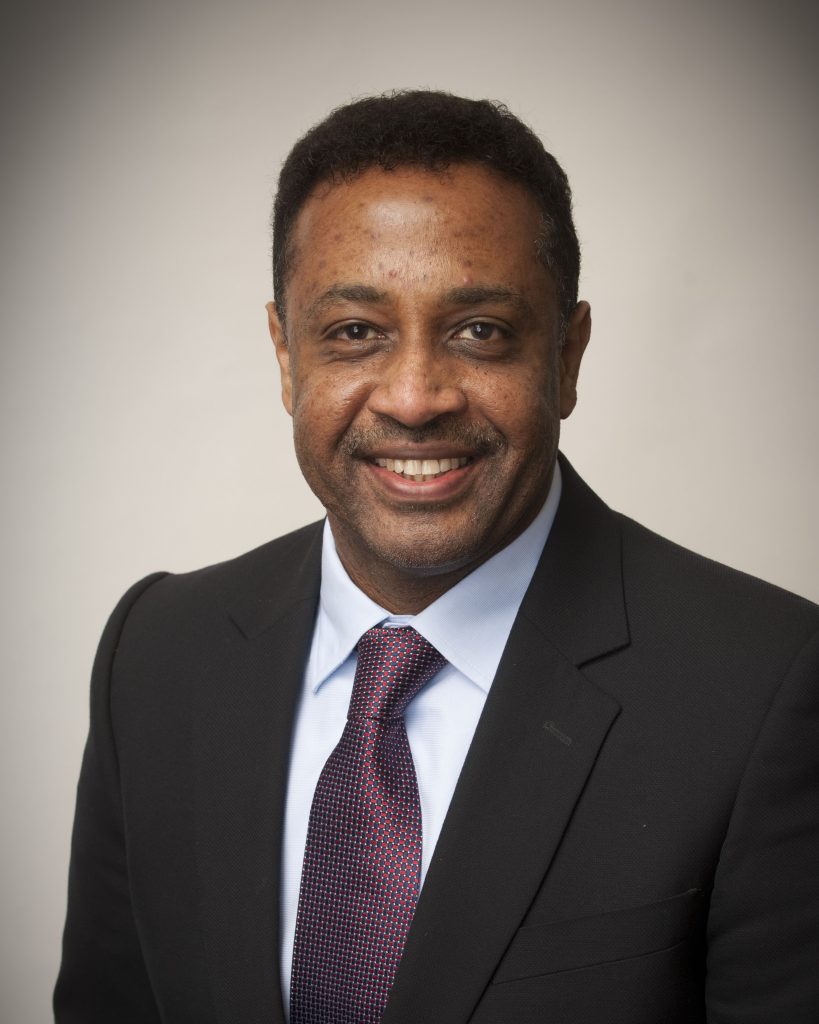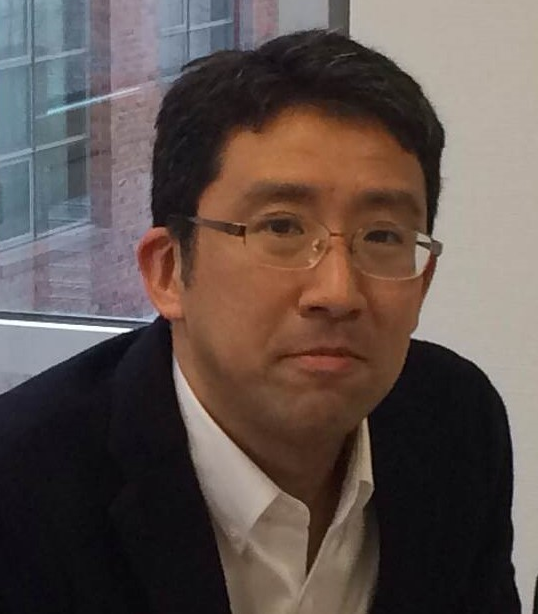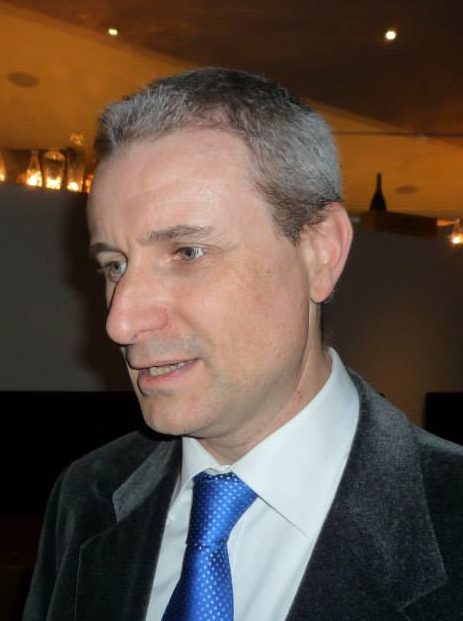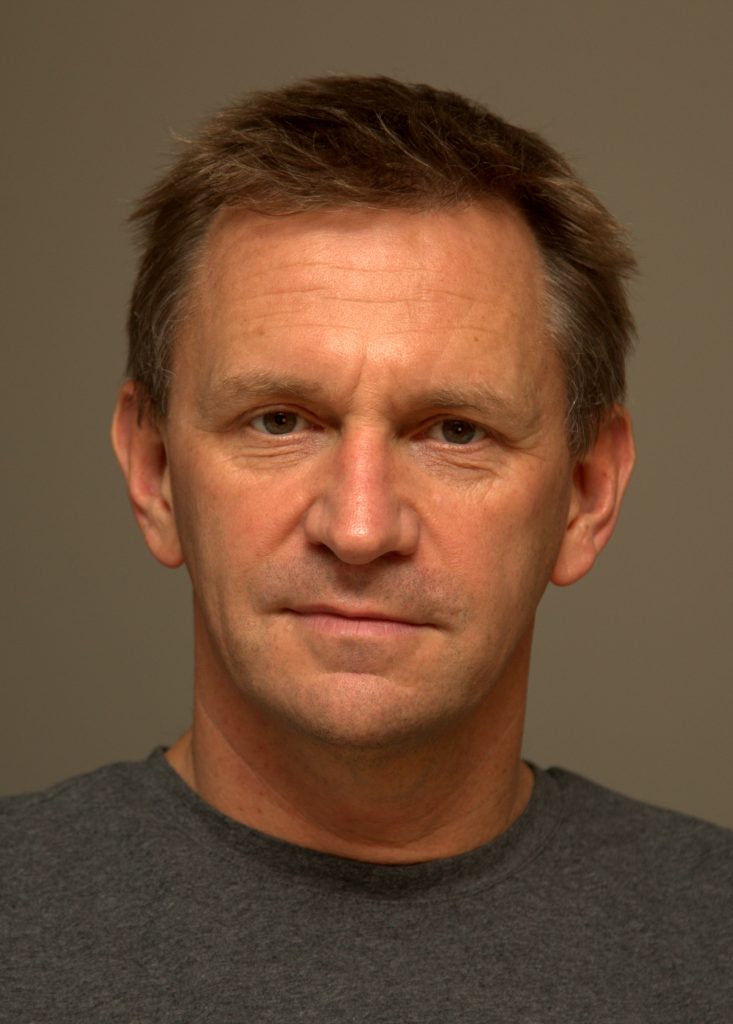Keynote 1: Tuesday April 20, 13:30 – 14:15
Chair: Achille Pattavina
Energy Efficiency Everywhere: Cloud, Fog, Virtualisation, RAN and IoT

Jaafar Elmirghani
University of Leeds, United Kingdom
Abstract
Traffic in communication networks continues to grow at 30% to 40% per year, thus doubling every two years and increasing potentially by factors of 30x in 10 years and 1000x in 20 years. In parallel, we have recently witnessed an unprecedented growth in demand for processing, for example through the uptake of machine learning, and observed similar growth in data storage. These trends have resulted in significant increase in power consumption, emissions, the use of raw materials and the need to dispose of networking, processing and storage products at the end of their life time. Left unchecked these trends can limit the growth, efficiency and reliability of future communication networks, data storage and data processing.
Significant progress continues to be made in tackling these issues in several orthogonal and overlapping areas. These include the optimum use of resources, the introduction of edge/fog processing, the use of virtualisation to promote resource sharing, consideration of embodied energy, operational energy and disposal energy as well as renewable energy in an end-to-end fashion from end devices and IoT components to access networks, radio access networks, edge/fog processing, core networks and centeralised clouds. This talk will outline recent progress in these areas and suggest future areas of research, development and standardisation.
Biography
Prof. Jaafar Elmirghani is Fellow of IEEE, Fellow of IET and Fellow of Institute of Physics and Director of the Institute of Communication and Power Networks, Leeds. He has provided outstanding leadership in a number of large research projects, secured over £30m in grants and was PI of the £6m EPSRC Intelligent Energy Aware Networks (INTERNET) Programme Grant, 2010-2016. He was PI of the CHIST-ERA STAR project with a focus on energy efficiency, 2013-2016. He is Co-Chair of the IEEE Sustainable ICT initiative, a pan IEEE Societies initiative responsible for Green ICT activities across IEEE, 2012-present. He was awarded in international competition the IEEE Comsoc 2005 Hal Sobol award, 3 IEEE Comsoc outstanding technical achievement and service awards (2009, 2015, 2020), the 2015 GreenTouch 1000x award, IET Optoelectronics 2016 Premium Award for work on energy efficiency and shared the 2016 Edison Award in the collective disruption category with a team of 6 from GreenTouch for joint work on the GreenMeter. His work led to 5 IEEE standards with a focus on cloud and fog computing and energy efficiency, where he currently heads the work group responsible for IEEE P1925.1, IEEE P1926.1, IEEE P1927.1, IEEE P1928.1 and IEEE P1929.1 standards; this resulting in significant impact through industrial and academic uptake. He is Area Editor of IEEE JSAC series on Machine Learning for Communications and is PI of the EPSRC £6.6m Terabit Bidirectional Multi-user Optical Wireless System (TOWS) for 6G LiFi, 2019-2024. He has published over 550 technical papers, and has research interests in energy efficiency, optimisation, machine learning, cloud and fog computing.
Keynote 2: Wednesday April 21, 08:30 – 09:15
Chair: Francesco Musumeci
NTT’s Challenge toward Self-evolving Zero-Touch Network operation with AI

Masakatsu Fujiwara
VP, Head of Communication Traffic& Service Quality Project
NTT Network Technology Laboratories, Japan
Abstract
Toward 6G Era, network will serve as a critical social infrastructure that supports the cyber physical system with massive and diverse devices as well as service requirements. For maintaining such complex and huge system properly, autonomous network management will be the essential to provide network functions and resources flexibly and dynamically. NTT propose Self-evolving zero-touch network operation concept with AI. In addition, the key indicators of network value will expand from conventional parameters inside networks, such as throughput or latency, to the outside indicators such as user benefit or user behavior change. We introduce the concept and technologies concerning the self-evolving zero-touch and user-engagement as the direction of future network operation.
Biography
Masakatsu Fujiwara is the Vice President and Head of Communication Traffic & Service Quality Project, NTT Network Technology Laboratories, Japan. He received a B.E. in electrical engineering and an M.E. in applied systems science from Kyoto University in 1994 and 1996, and an M.B.A. from Cornell University, USA, in 2005. After joining NTT Network Service Systems Laboratories in 1996, he was engaged in research and development (R&D) of key technologies for network management systems during 1996-2007 and 2010-2013. He was involved in R&D strategy planning at NTT Research and Development Planning Department during 2007-2010. He was General Manager of NTT R&D European Representative Office in Frankfurt, Germany, during 2013-2017. Currently he is working on innovative network management and operation by AI and data analysis.
Keynote 3: Wednesday April 21, 13:45 – 14:30
Chair: Guido Maier
The Janus Bifrons and the Matryoshka: Radio Access Network Architecture for 5G

Gino Masini, MBA
Principal Researcher, Standardization, Ericsson AB, Sweden
3GPP RAN3 Chairman
Abstract
The 5G Radio Access Network Architecture (RAN) as specified by 3GPP, is the result of a common effort by equipment manufacturers, operators, and all stakeholders to fulfill very diverse requirements, formulated while the industry was still consolidating the success of LTE. The new architecture had to support not only enhanced versions of today’s mobile broadband services, but also Ultra-Reliable, Low-Latency Communications (URLLC). It would need to accommodate centralized, distributed, and monolithic deployments, and support “cloudification”; furthermore, it would also need to allow full separation of Control Plane and User Plane of a centralized unit, to support their different scalability. In addition, cooperation and resource sharing with existing LTE networks was required, so that operators could continue to leverage their installed base, accommodating different migration strategies from 4G to 5G.
The resulting architecture can be described as a “Janus bifrons” and a “matryoshka”. It supports both “non-standalone” deployments with LTE, and “standalone” deployments (looking at both past and future, like the ancient Roman god); furthermore, the once “monolithic” base station is split into its components (nested one inside the other like the well-known traditional wooden dolls, but featuring standardized interfaces and protocols). The 5G RAN architecture is future-proof thanks to its flexibility, and it is the foundation for current and future services beyond mobile broadband: industrial automation, automated driving, E-health, and more.
Biography
Gino Masini is Principal Researcher with Ericsson in Sweden; he is the Chairman of 3GPP RAN WG3. In his 20+ years in telecommunications in both industry and academia, he has worked with microwave antennas and propagation, satellite communications, microwave circuit, backhaul networks, and radio access network architecture. He received his Electronics Engineering degree from Politecnico di Milano in 1996, and his MBA from SDA Bocconi School of Management in Milano in 2008. He was researcher in the Department of Electronics at Politecnico di Milano, working for the European Space Agency and the Italian Space Agency on millimeter wave propagation experiments. He later joined Ericsson, working with microwave radio links and MMIC development. Since 2009 he has worked with 4G and 5G radio access network architecture at the corporate R&D offices in Stockholm, Sweden. He has been active in standardization since 2001, having attended ETSI, ITU, CEPT, and others. Since 2009 he is active in 3GPP, where he is finishing his second term as RAN WG3 Chairman. He is the author of more than 50 patents (most of which standards-essential) and of several scientific publications. He holds a “Six Sigma” certification. He recently co-authored a book on 5G radio access networks.
Workshop Keynote (within workshop 3): Thursday April 22, 16.45 – 17.30
When networks are programmable top-down and end-to-end: what then?

Nick McKeown,
Stanford University/Barefoot, USA
Abstract
Large network owners commonly write or download the software that controls their networks, allowing them to determine how they are managed from the top level intent all the way down to how packets are processed in the forwarding plane. At some point, they will decide how packets are processed end-to-end, from user-space, through the kernel, NICs, switches and network elements. Which brings them to a place where they are fully in control of their own deeply programmable network platform. In this talk, I will talk about what they might do with this new found flexibility and control.
Biography
Nick McKeown has been a Professor of Electrical Engineering and Computer Science at Stanford University since 1995. In 2005, he started the Clean Slate Program at Stanford, which with Martin Casado and Scott Shenker, led to “Software Defined Networking”. He co-founded Nicira (now part of VMware), Abrizio, and Nemo (“Network Memory”, now part of Cisco), as well as ONF, ON.Lab, and P4.org. He also co-founded Barefoot Networks in 2013, which was acquired by Intel in 2019, where he is now Senior Fellow. His current passion is to move the network data-plane from fixed-function hardware up and into software where it belongs. He hopes this will foster much faster innovation in networking, and finally hand over the keys to those who own and operate networks, to customize them to best suit their needs.
Nick is a member of the US National Academy of Engineering (NAE), the American Academy of Arts and Sciences, and a Fellow of the Royal Academy of Engineering (UK). He received the British Computer Society Lovelace Medal (2005), the IEEE Kobayashi Computer and Communications Award (2009), the ACM Sigcomm Lifetime Achievement Award (2012), an Honorary Doctorate from ETH (Zurich, 2014), and the IEEE Alexander Graham Bell Medal (2021).
